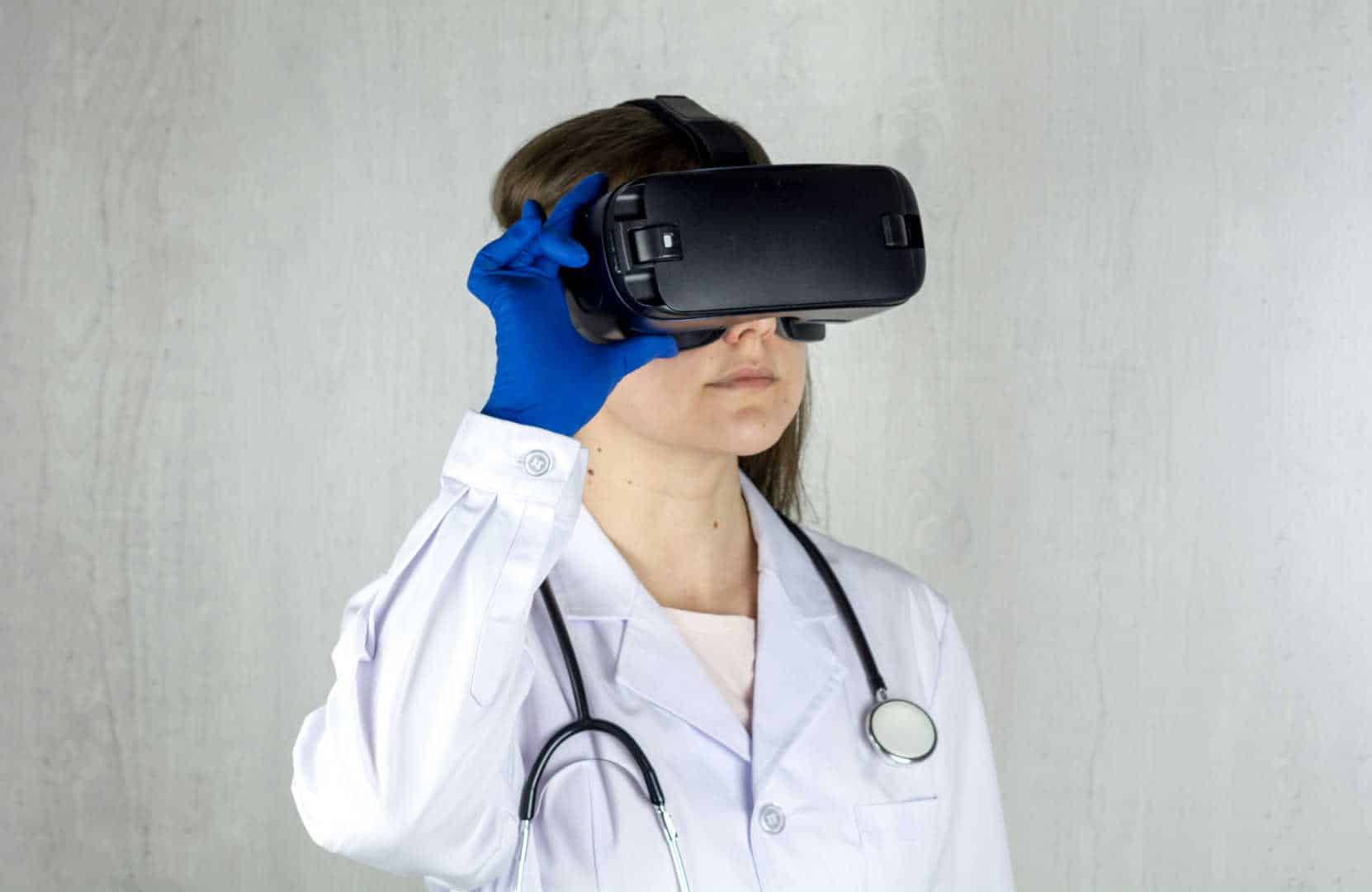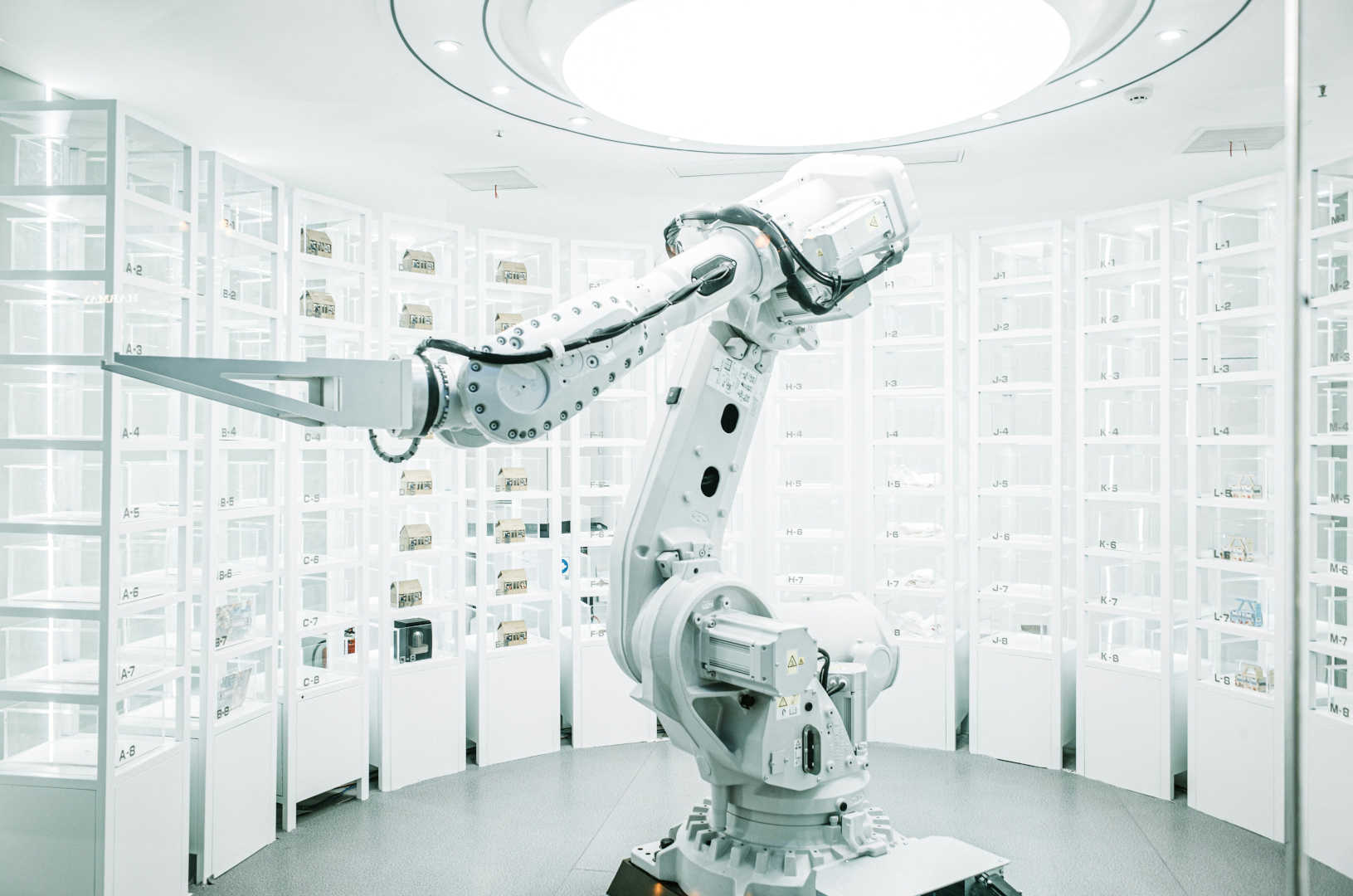Onboarding Advanced Medical Devices onto IT Infrastructure: Best Practices for Seamless Integration
From wearable health trackers to sophisticated diagnostic tools, modern medical devices generate vast amounts of data that must be securely stored, analyzed, and accessed in real-time. However, onboarding these devices onto IT systems isn’t without its challenges.
From understanding common hurdles to implementing effective strategies, this post will provide actionable advice to help you stay ahead in a competitive and rapidly evolving industry.
Let’s dive into the steps and strategies for seamless medical device integration.
Why IT Infrastructure is Crucial for Advanced Medical Devices
IT infrastructure is crucial in enabling global scalability for medical device companies. As these organizations expand into new markets, they must comply with different regulatory frameworks and ensure uninterrupted functionality across diverse environments.
Furthermore, the integration of IT systems facilitates continuous innovation by providing a foundation for data analysis, artificial intelligence (AI), and machine learning capabilities.
By investing in the proper IT infrastructure, medical device companies can achieve improved patient outcomes, enhance operational efficiency, and confidently navigate the complex landscape of regulatory compliance.
Common Challenges in Medical Device Integration
Integrating advanced medical devices onto IT infrastructures is not without its challenges. Medical device companies often face significant hurdles that, if not addressed, can hinder innovation and compromise patient safety. Below are some of the most common challenges encountered during the integration process:
Compatibility with Existing Systems
Many healthcare facilities rely on legacy systems that were not designed with modern interoperability standards in mind. Ensuring that advanced medical devices communicate effectively with these systems can be a significant technical challenge.
For example, integrating devices with electronic health record (EHR) platforms requires compliance with protocols like HL7 or FHIR, which may not always be straightforward.
Balancing Security and Accessibility
Healthcare data is among the most sensitive information, making security a top priority. However, securing medical device data while maintaining easy access for authorized users is a delicate balancing act. Cybersecurity threats, including ransomware attacks and data breaches, add further complexity to integration efforts.
Navigating Complex Regulatory Requirements
Medical device companies must comply with a myriad of regulations, such as FDA guidelines, ISO standards, and GDPR. Each regulatory framework has unique requirements for data storage, security, and patient privacy, creating challenges for IT teams tasked with integration.
Managing Scalability and Growth
As companies expand their product lines or enter new markets, their IT infrastructure must scale accordingly. Integrating additional devices, supporting larger data volumes, and maintaining compliance across geographies require robust planning and execution.
Without proper scalability, systems risk becoming overwhelmed, leading to potential downtime or loss of critical data.
Limited Expertise in IT and Integration
Medical device companies often excel in innovation and product development but may lack the in-house expertise to manage complex IT integration projects. This gap can lead to delays, cost overruns, or suboptimal integration outcomes.
Addressing these challenges requires a combination of strategic planning, adherence to best practices, and the right technology partners. By tackling these hurdles head-on, medical device companies can create a solid foundation for seamless integration and long-term success.
Best Practices for Seamless Integration of Medical Devices
Overcoming integration challenges begins with adopting proven best practices that ensure efficiency, compliance, and security. Below are strategies medical device companies can use to streamline the onboarding of their devices onto IT infrastructures.
Establish Clear Objectives and Requirements
Before initiating integration, it’s crucial to define the project’s goals. Identify the key outcomes you want to achieve, such as enhanced data interoperability, improved patient outcomes, or regulatory compliance. Clearly outlining these objectives helps to align teams and prioritize resources effectively.
Leverage Interoperability Standards
Universal standards like HL7, FHIR, and DICOM ensure that medical devices can communicate seamlessly with other systems, such as EHR platforms and hospital IT networks. These standards make it easier to scale integration efforts as your organization grows or introduces new devices.
Prioritize Security from the Start
Security should be built into every stage of the integration process. Use encrypted communication protocols, implement role-based access controls, and ensure your systems comply with industry security standards such as ISO 27001. Regular penetration testing and vulnerability assessments are also essential to identify and address potential risks.
Embrace Cloud-Based Solutions
Like the Galen Cloud, cloud platforms simplify integration by offering scalability, centralized data storage, and built-in compliance features. With the cloud, medical device companies can manage data more efficiently, reduce on-premises infrastructure costs, and gain access to advanced analytics and visualization tools.
Conduct Rigorous Testing
Thorough testing is essential to identify and resolve issues before deployment. This includes functional testing to ensure the device operates as expected, interoperability testing to confirm compatibility with existing systems, and performance testing to assess scalability under varying workloads.
Partner with Experts
Engaging experienced IT and regulatory professionals can significantly reduce the complexity of integration projects. A trusted partner provides the expertise needed to navigate challenges, implement best practices, and achieve compliance, allowing medical device companies to focus on innovation.
By following these best practices, medical device companies can ensure a smoother integration process, paving the way for improved device performance and patient care outcomes.
The Benefits of a Unified Approach to Medical Device Integration
Integrating advanced medical devices onto IT infrastructures is more than a technical necessity—it’s a strategic advantage. A unified approach streamlines operations ensures regulatory compliance and enhances patient outcomes. Below are the key benefits of adopting a cohesive integration strategy:
Enhanced Data Accessibility and Insights
A unified IT infrastructure allows real-time access to device-generated data, enabling healthcare providers and researchers to make informed decisions quickly. Advanced analytics and visualization tools can uncover trends and patterns that drive innovation and improve patient care.
Improved Operational Efficiency
By consolidating medical device data into a centralized system, organizations can reduce redundant processes, lower operational costs, and optimize resource allocation. Automating workflows further reduces manual intervention, increasing accuracy and efficiency.
Scalability for Future Growth
As medical device companies innovate and expand, their IT infrastructures must keep pace. Cloud-based solutions like Galen Cloud provide the scalability to onboard new devices and handle growing volumes of data without compromising performance or security.
Strengthened Regulatory Position
A unified approach simplifies compliance by consolidating data management and audit capabilities. Companies can more easily generate the reports and documentation required by regulatory bodies, reducing the risk of non-compliance and associated penalties.
Greater Interoperability
An integrated IT infrastructure supports seamless communication between devices, systems, and stakeholders. This interoperability fosters collaboration, enabling healthcare providers to deliver more coordinated and effective care.
Increased Patient Trust
Patients expect their healthcare providers to use reliable, secure, and compliant technologies. A robust integration strategy demonstrates a commitment to quality and safety, fostering trust and confidence in your devices and services.
Why Galen Data is the Partner You Need for Seamless Integration
Choosing the right partner for medical device integration is critical to achieving these benefits. Galen Data’s cloud platform is specifically designed to meet the unique challenges of medical device companies. We understand the unique challenges of medical device data and have the cloud expertise to help you navigate them.
Partner with us today to:
- Develop a secure and scalable data management plan.
- Leverage our expertise in medical device data and compliance.
- Focus on innovation while we handle the infrastructure.
Schedule a call with us today to discuss your specific needs and see how Galen Data can help you store, manage, and secure your medical device data at scale.






